Let the Adventure Begin
I am briefly going to interrupt the usual content of this blog to announce I am starting up a newsletter. Surprisingly, this newsletter is going to also be called Underworld Adventurer. I have been wanting to make something (ideally a zine) about megadungeons for some time. I mainly want to focus on the process of creating a megadungeon and the skills for running them (though I plan on a sample dungeon inspired by parts of 'The Complex' to help along the way). So, for this time only, I am posting up the first newsletter here. Going forward, I aim to keep this space focused on what it was made to do-- manage the ongoing Twilight Age campaign. You can subscribe to my newsletter over on Substack if you like. And with that...
Let the Adventure Begin
A look at what this newsletter will be about and being "good enough"
Welcome! My name is Nick Kuntz (sometimes Nick K.). I am slowly working on a dungeon crawling comic called Underworld Adventure. I also have a blog similarly named Underworld Adventurer where I maintain my ongoing B/X (or OSE depending on who you ask) megadungeon campaign called the Twilight Age. Running that campaign, I have found myself wanting to make some sort of zine about megadungeon campaigns. I long for a way to share the ins-and-outs of running such a campaign. A method of sharing the tricks of the trade. Why do I want to talk about this style of game so much?
Megadungeons are the game.
Don’t take this as some rigid maxim or denigration of other campaign styles of the world’s oldest tabletop RPG. I, myself, enjoy playing in a variety of modes. I regularly hex-crawl through jungles at a pace-of-play that puts quality hangouts with friends over in-game accomplishment. I am also known to explore exotic Dreamlands in sessions that shift from navigating complex social politics or traveling through hanging forests or crawling through set-piece dungeons all with intense caution. I value all of these experiences and modes of play. When I say, “Megadungeons are the game,” I mean to say they are where my deep passion in the hobby lies. I am fascinated by their roll in shaping so many idiosyncratic elements of D&D and its rules. I also mean that having played in a lightning-in-a-bottle of megadungeon game, the form captured my imagination making it the only style of campaign I want to run.
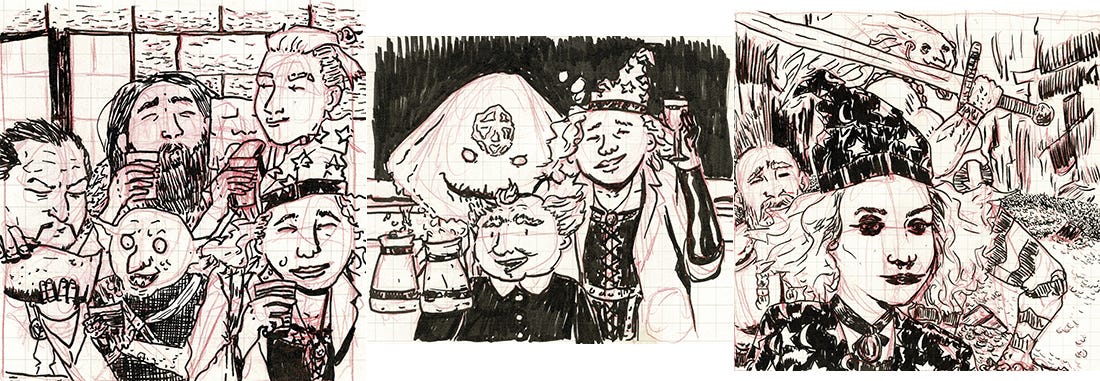
I haven’t really said what a ‘megadungeon’ is, have I? Let’s take care of that before we delve too much deeper. For many, I think the idea of a megadungeon is simply a large underground complex filled with monsters, puzzles, traps, and treasure that goes many levels deep. This is not untrue but still lacking. For me, a megadungeon needs to be both deep in levels and large in scope of each of its levels and sublevels. Ideally, a large (by modern standards) base of players would be exploring this space. In such a scenario, these elements work hand-in-hand with the underworld space operating as a living and ever-changing space while the player-base possesses a long-term relationship to the entire structure.
This long-term engagement is to the core of the idea. These structures, when first thought of as the likes of Blackmoor or Greyhawk or the Starship Warden, were where the meat of the game took place. They also were spaces their creators revisited over decades. This ability of a megadungeon ability to continue to inspire its dungeon master and intrigue a board selection of players for years is key to its function as a tentpole.
I believe a successful dungeon excels as the center of a campaign for a few reasons. One is that such a setting for adventure is easy to run for and introduce to adventurers. In my experience, once some levels of a dungeon are planned out it becomes easy to run for anyone with little to no notice. Prep is saved for designing levels beyond the current scope of play, updating changes to the levels resulting from play, or managing activities the player’s pursue with their characters outside of adventuring. This planned out and well trodden underworld allows the dungeon master to be able to really deliver on offering players well informed choices with logical ramification. The adventure itself is just waiting and ready for its composing DM to run.
This constant presence of the megadungeon provides focus for the players. Almost any campaign will eventually involve side quests, extra-dungeon intrigues, and potential overworld conflicts but the dungeon is the main known source of adventure. It lacks the wide open canvas of the hex crawl or endless overlapping intrigues of the city. While the underworld is grand in scope and the players possess full agency to move where they like, it still funnels the whole base's interests in a similar direction. It gives them all common touchstones, leads to share or compete over, and factions to regularly interact with. Players are able to gauge their progress and risk through elements such as the dungeon level is roughly equivalent to the PC level of those who should be exploring it. These consistencies are essential to helping forge a shared experience between a base.
These are not all the strengths of megadungeon in its platonic ideal of a role as tentpole in an endless campaign featuring a large resolving cast of players. They are some of my favorites. This style, though, is not without its issues. Gus L. often points out how it was designed for the marathon sessions of the early days of the hobby, something that has radically changed as common modern play is for a mere two to four hour session. Similarly, this style is hard to share in print. Most attempts are small, static affairs that do little to capture the sprawling and living natures of one of these campaigns. This is something James Maliszeski has well discussed in his attempts to share his megadungeon Dwimmermount with the public. Figuring out how to share this campaign style, what are the best tricks for running them, and how they are adapting to the modern era are all questions that possess my mind just as much as the ones that megadungeons help explain about why one of the most beloved games of the hobby is the way it is.
Starting the year working participating in #dungeon23 and Ben L.’s new podcast on megadungeons really lit the fire in me to make a project like this happen. Better Legends first newsletter made me think maybe this is the form where I can start that kind of endeavor. Eventually, I still aim to make some sort of publication on the subject but I hope this newsletter will be the fertile soil from which it grows.
Okay. Enough about what I am going to do in the future. How about a little doing in the right now?
Megadungeons Campaigns as a “Good Enough” Artform
Megadungeon campaigns are a “good enough” artform.
I came to this opinion surprisingly recently. In fact, the idea blossomed in my mind last night as I brought a session of my game to an end. This belief about megadungeons is fresh but the seeds stretch back much further. I first encountered this idea of an art or creative practice being a “good enough” medium in a 2000s interview with Conan O’Brien. He talked about at the pace in which a late night talk show operated, one just had to build up the material for a night’s worth of jokes. One makes their monologue, rolls through the jokes that don’t land, and just try to learn so the next night’s are better. In this pace, there is an eb and flow to the craft. One can find themselves in stretches where they search for approaches and material that really gels rather than riding an inspired wave of ideas. He didn’t say the literal words “good enough” artform but I am not sure I can think of a better definition.
The actual phrase, I encountered years later. I regret, I don’t remember which cartoonist I saw use the phrase but I thought, “yes, this is it!” At the time, I was not only still figuring out work I wanted to approach my return to cartooning after not practicing the artform for several years but I was also discover how to guide cartooning workshops for elementary and middle school-aged kiddos. I could see my sharpest pupils not finish projects because they would spend twenty minutes redrawing over and over the parts of a panel trying to get it just right. With comics, one is most often creating work on some sort of deadline. Balance has to be struck between drawing the best panels one can draw and creating the work in a timely manner. The reality is, the overwhelming majority of readers are not going to dwell on any one panel too long and the art just has to be good enough to get the job done and communicate the intentions of the project. As a result, it is a “good enough” artform.
I am running sessions of my megadungeon campaign once to twice a week currently. I have recaps to write, levels to design, out-of-session player actions to adjudicate, and setting information to deliver in between the times we are rolling. This on top of family, friends, comics to draw, and a job to work. I often am disappointed about campaign elements left undone or sessions that I felt were lackluster. But, really, a game like this just was to be run well enough. As important as capturing the atmosphere of a certain location can feel, a megadungeon campaign needs the rhythm of regularity even more. Players don’t hang on all the small things that are not quite right. Plus, I will get another chance to revisit whatever didn’t play just right. As the tentpole focus, it is essential that the megadungeon feels like an actual place. Key to this is the rhythm of the passage of time and the opportunities lost to it. These are like the lungs of oxygen of the living, breathing world of the campaign. As one of the players in the Twilight Age campaign recently said, “The world exists outside the players”. This allure depends on the regularity delivered by letting your session be “good enough”.
Let this newsletter be a “good enough” thing as well. Hopefully, in the regular engagement this allows, something meaningful will begin to take shape.
Kevin Huizenga’s Patreon
I would be remiss to not mention the influence Kevin Huizenga’s Patreon has had on me embarking on this project. I started subscribing and getting my F e-zines right around Ben starting talking about his podcast and I was plugging away at a regular #dungeon23 effort. The monthly publications are a collection of what he has been working on all month. Sure, there are comics and drawings but it is more like getting to see someone's process in action. There are notes, thoughts about supplemental material being complied, pen tests, and more. Getting such a naked look at someone’s creative process is contagious. Not only does every issue want me to make something but it also makes me want to share with people what goes into the making.
Absolute Fourth World by Jack Kirby
Something else that has been bouncing around in my mind as I start this is Jack Kirby’s Fourth World. To be fair, Kirby’s work is always not far from my mind but I am just wrapping up a read through the first Jack Kirby Absolute Fourth World volume. A pal and I both received copies as gifts and have been kind of book clubbin’ our way through it. It is not my preferred collected format for reading seminal series (that would be the four volume omnibus editions) but there is a real power in seeing the art that large.
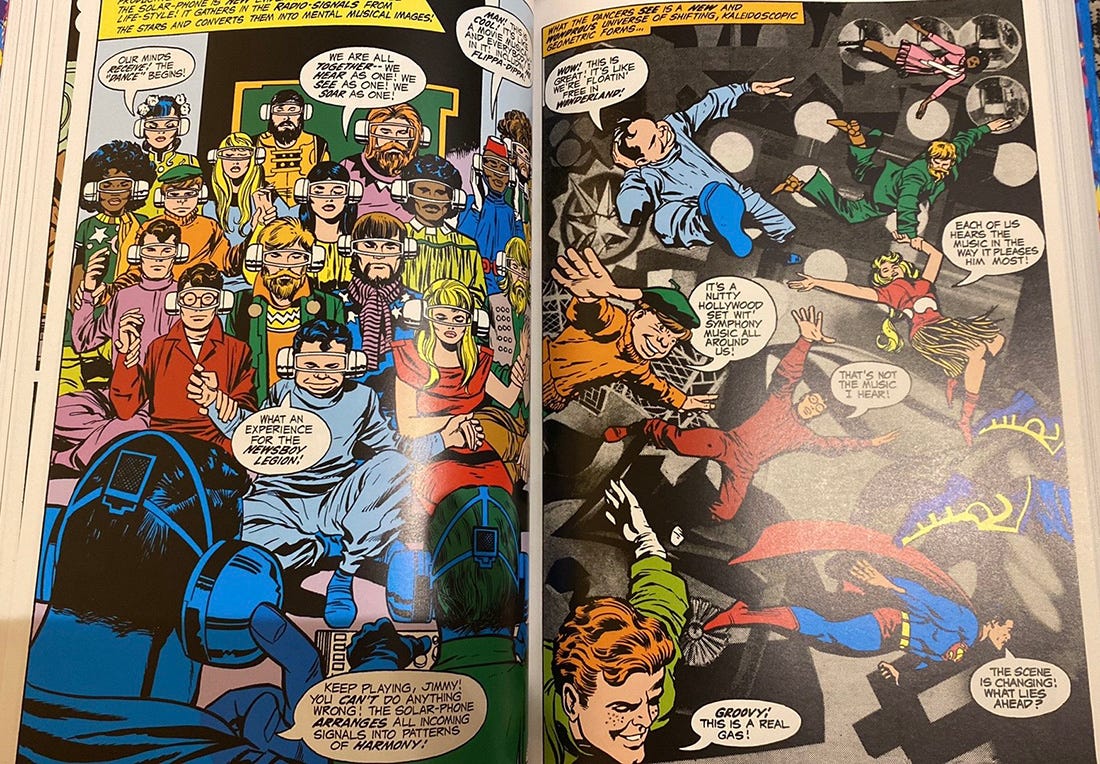
There are so many ways that Kirby’s work can (and has) influenced D&D and its like. His innovative character designs, use of the cutaway, myth-like storytelling, and high concepts are just a few of the things from the Fourth World that are worth taking a look at when working on game-related biz. Something that really stood out read through is Kirby’s ability to craft character and group concepts that so keenly embody an idea or theme. Groups like the genetic labs the Project and the Evil Factory from Superman’s Pal Jimmy Olsen provide a great example of making factions that are two sides of the same coin. Glorious Godfrey and his Justifiers over in Forever People expertly illustrate a foe that delivers keen commentary about humanity while making sure that these conceptual goals don’t get in the way of them being antagonist’s first. I find it helpful to center megadungeon factions around a central concept or goal and there may not be a better place to observe this kind of character execution than in the pages of the Fourth World.
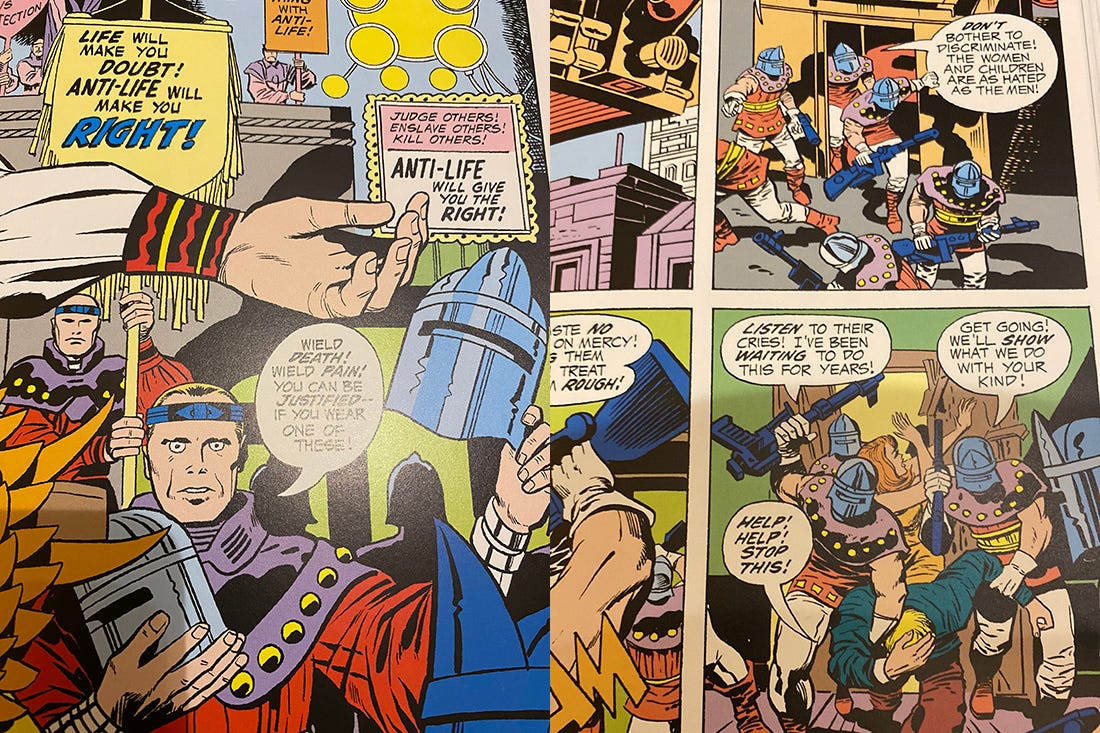
What’s Next?- What Fools These Adventurers Be
Next time you here from me, I plan on taking a look at my first megadungeon campaign which I called What Fools These Adventurers Be. Inspired by Miranda’s Cuccagna posts, this Shakespeare and Classics infused megadungeon’s failure directly lead to my current Twilight Age campaign. I hope to examine what went wrong and look at the Level 1 maps as the developed over the run of the campaign.
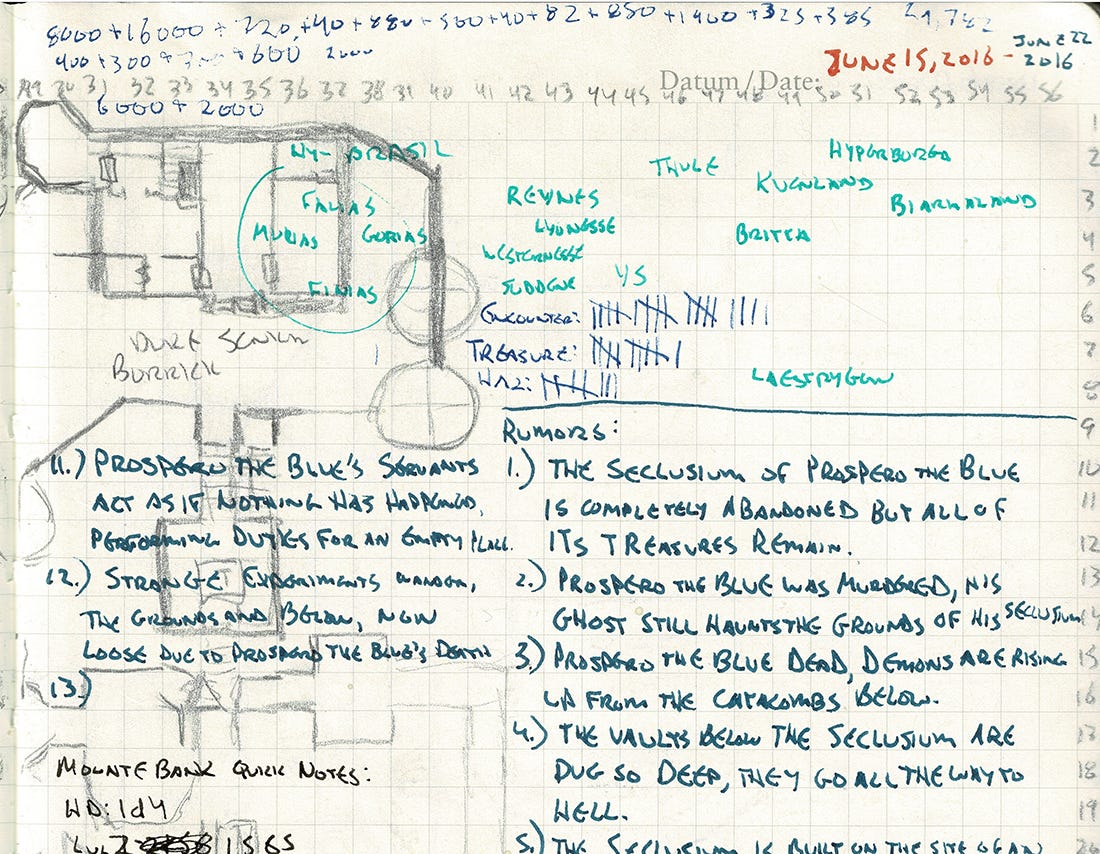
Thanks for reading Underworld Adventurer! Subscribe for free to receive new posts and support my work.
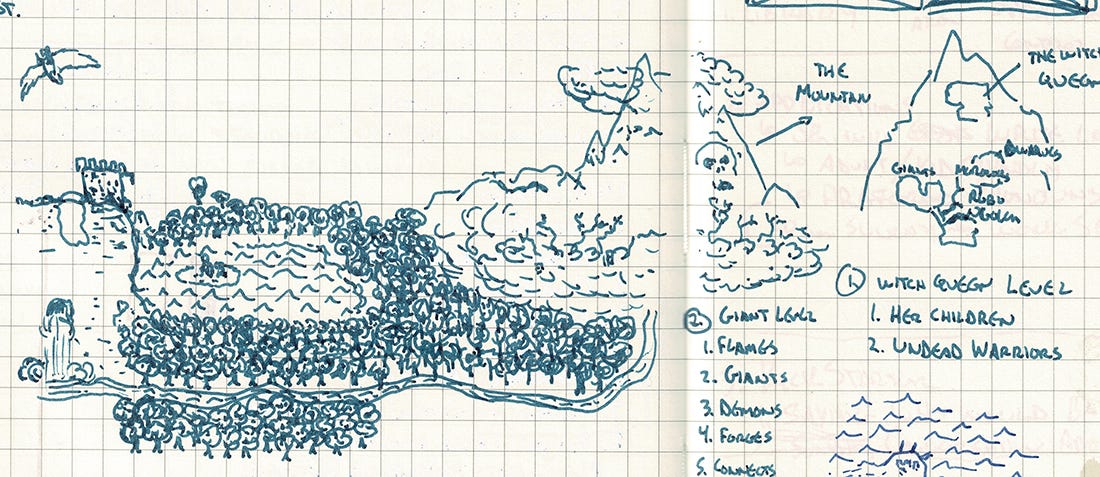
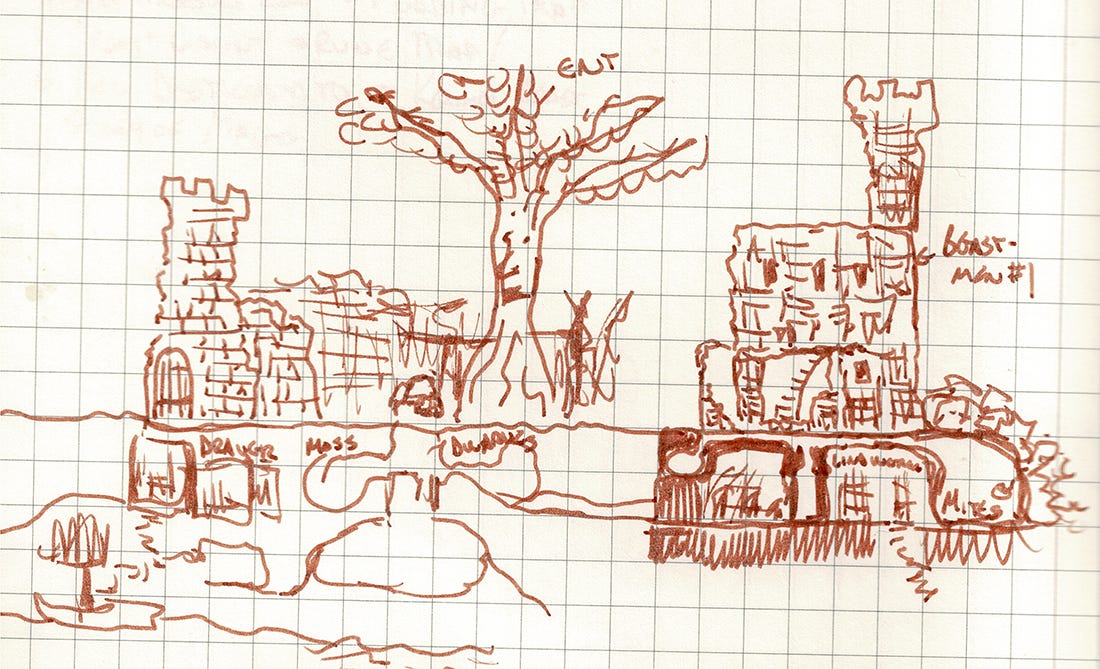
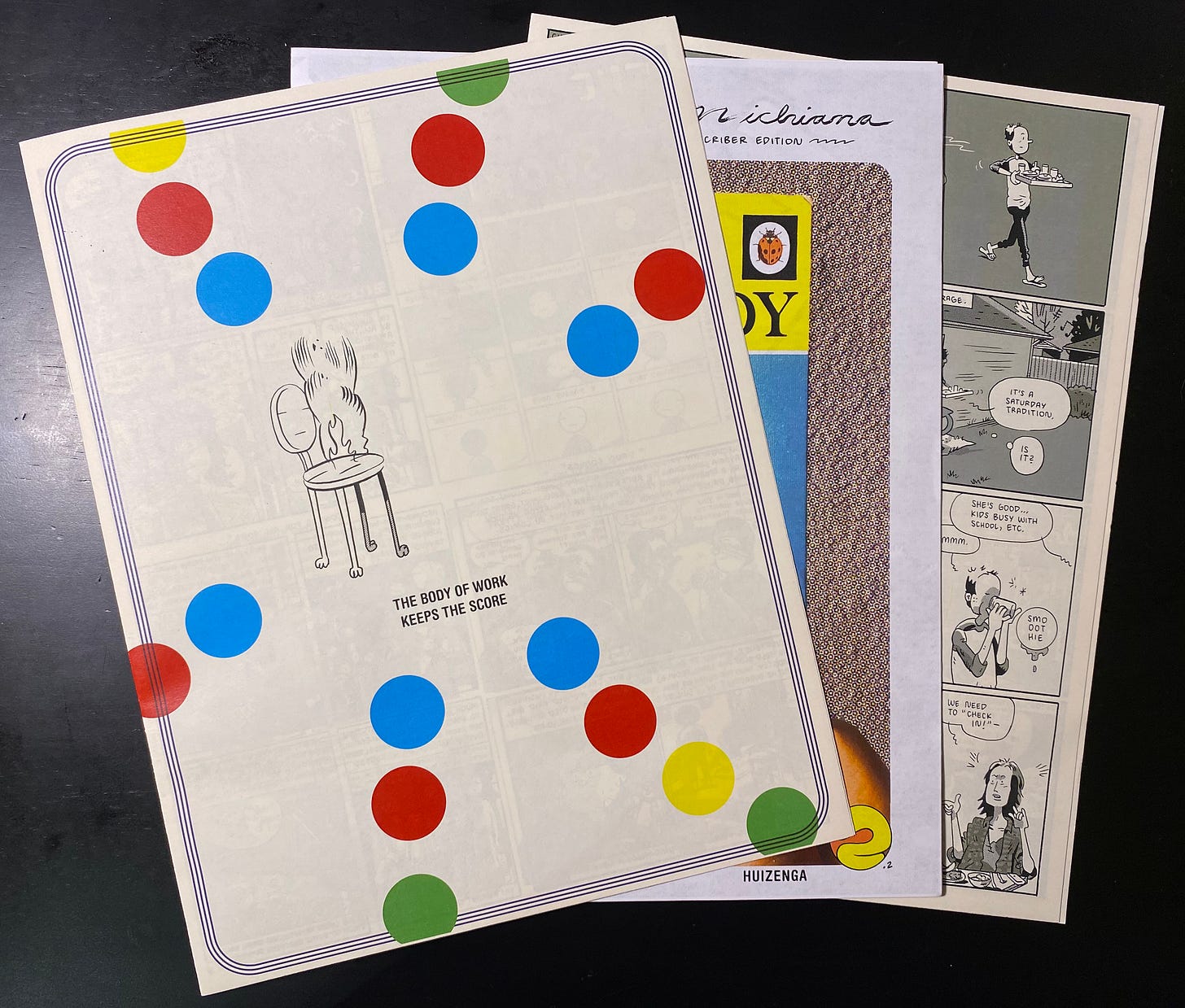
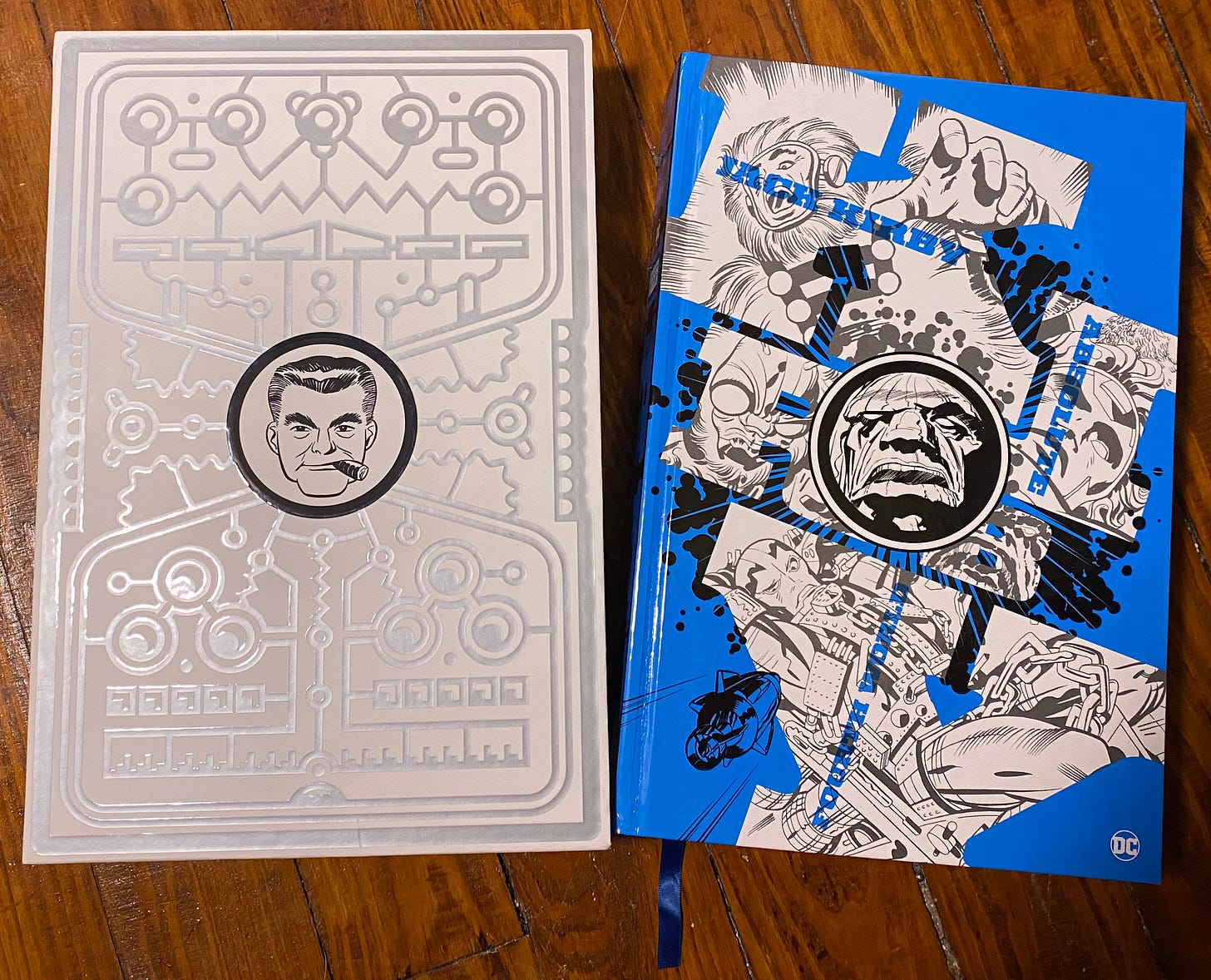


Comments
Post a Comment